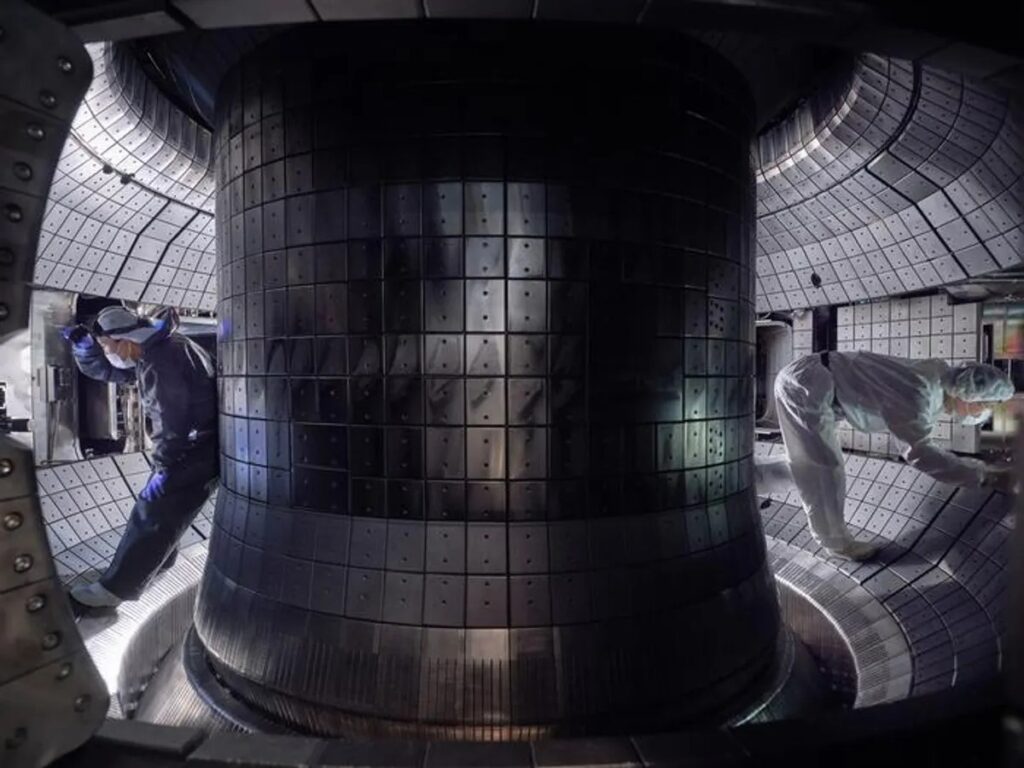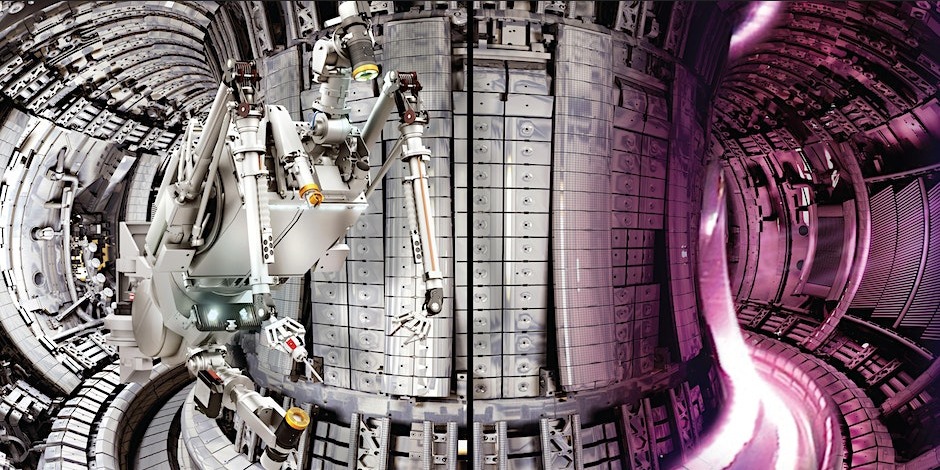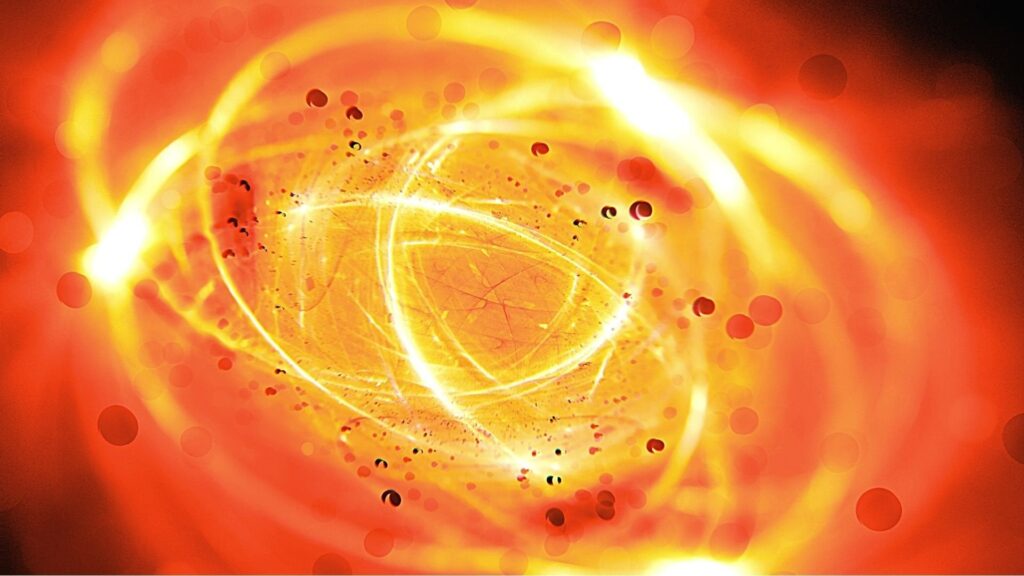
In a groundbreaking achievement, the Korea Superconducting Tokamak Advanced Research (KSTAR) has pushed the boundaries of fusion technology. Termed the “Korean artificial sun,” KSTAR has sustained a temperature of 100 million degrees Celsius, seven times hotter than the Sun’s core, for an impressive 48 seconds. This milestone marks a significant leap forward in our quest for harnessing fusion energy.
Fusion, the process that powers stars, demands exceptionally high temperatures, far beyond what we experience on Earth. Unlike stars, where gravity facilitates fusion, replicating this process requires extreme conditions. Tokamak systems like KSTAR, characterized by their donut-shaped reactors, aim to recreate these conditions. The recent achievement of sustaining fusion temperatures for nearly a minute underscores the progress in fusion research.

KSTAR’s journey to this milestone has been marked by incremental advancements. Starting from a brief 1.5-second burst in 2018, subsequent years saw remarkable progress. The team achieved 8 seconds in 2019, followed by 20 seconds in 2020, and half a minute in 2021. Now, with sustained fusion temperatures for 48 seconds and plasma containment for 102 seconds in high-confinement mode (H-mode), KSTAR stands at the forefront of fusion research.
Dr. Si-Woo Yoon, Director of the KSTAR Research Center, attributes this success to meticulous preparation and technological upgrades. The introduction of a new tungsten divertor environment has significantly enhanced the reactor’s performance, paving the way for future breakthroughs.

Looking ahead, the goal is to achieve 300 seconds of burning plasma by 2026. This ambitious target reflects the relentless pursuit of advancing fusion technology. KSTAR, alongside projects like the Joint European Torus (JET), serves as a crucial testbed for fusion research, laying the groundwork for prototypes like ITER and DEMO.
ITER, set to commence operations next year, promises to produce ten times more energy than it consumes. Its successor, DEMO, aims to generate electricity and deliver a staggering 25-fold energy output. These milestones herald a promising future for fusion energy, offering a clean, sustainable alternative to traditional power sources.

Dr. Suk Jae Yoo, President of the Korea Institute of Fusion Energy (KFE), emphasizes the significance of these achievements in shaping the future of fusion technology. As plans for DEMO’s construction take shape, the focus remains on securing core technologies essential for ITER’s operation and the realization of future fusion reactors.
With DEMO’s construction on the horizon, fueled by the insights gleaned from projects like KSTAR, we stand on the brink of a new era in energy production—one powered by the boundless potential of fusion.

Leave a Reply